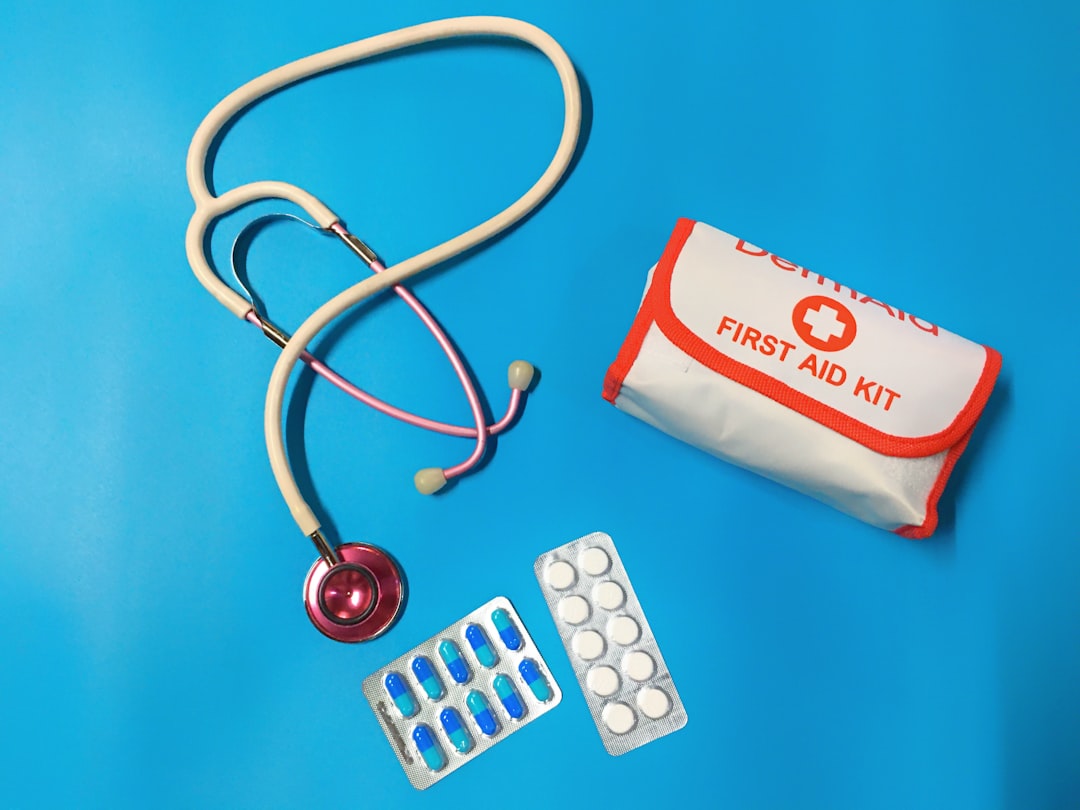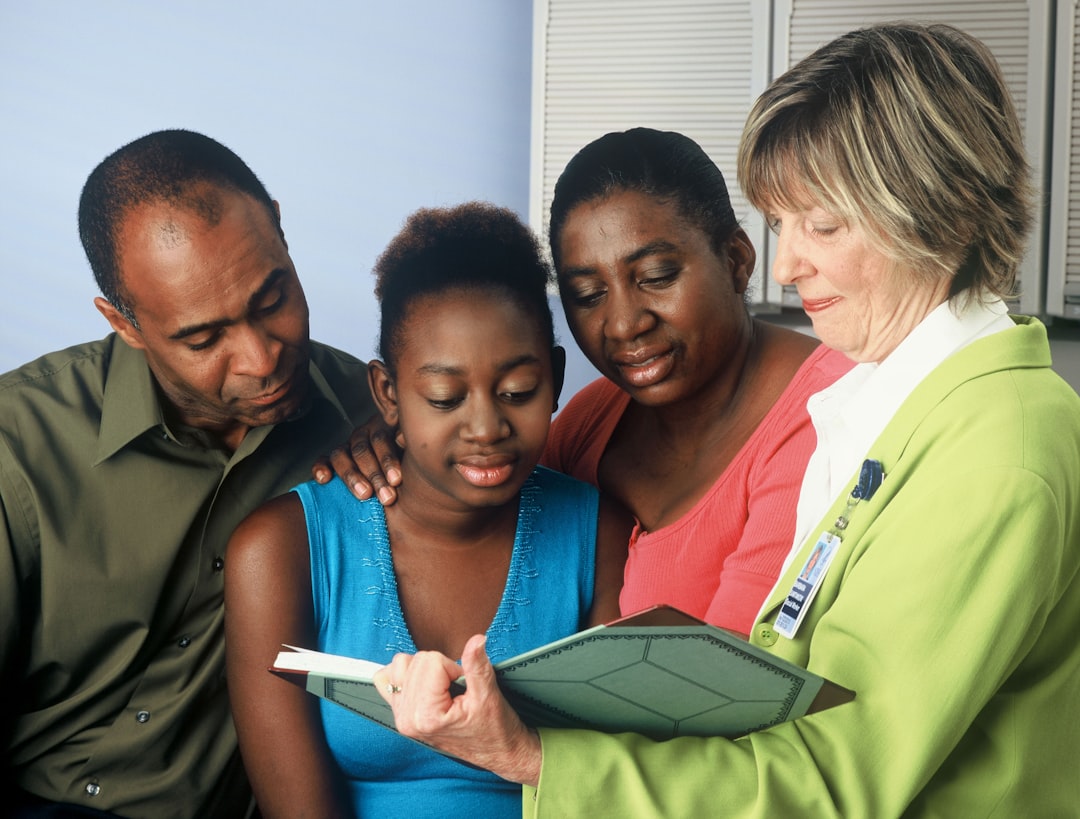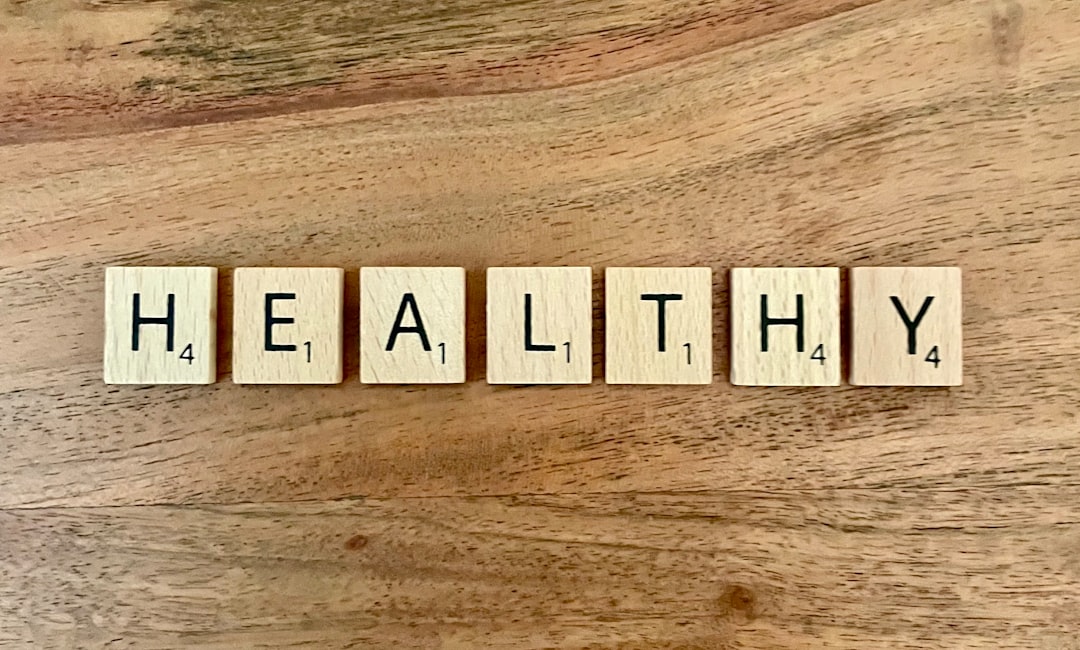

Engage prospects with a scan and streamline customer engagement with FREE QR code marketing tools by Sona – no strings attached!
Create a Free QR CodeFree consultation

No commitment

Engage prospects with a scan and streamline customer engagement with FREE QR code marketing tools by Sona – no strings attached!
Create a Free QR CodeFree consultation

No commitment
Health advocacy services are at the forefront of bridging care gaps, improving patient experience, and addressing disparities across the healthcare landscape. Amid evolving expectations for accessibility, engagement, and policy influence, advocacy groups, community health centers, and public health organizations are seeking better channels for direct, actionable communication.
Traditional paper feedback forms and passive suggestion boxes often fall short in capturing timely, actionable insights from diverse patient populations, especially across underserved, rural, or crisis-impacted communities. These gaps are often exacerbated by missing high-value prospects who never submit paper forms or cannot be reached through existing CRM systems, leading to lost opportunities for effective follow-up and continuity of support.
The lack of visibility into who is actually engaging with information materials leaves many health advocacy organizations in the dark about potential supporters, resource seekers, or those in urgent need. QR codes offer a scalable, data-driven method to streamline feedback collection and enhance outreach. They bridge the divide between anonymous interactions and actionable data without requiring app downloads or complicated workflows, and they do so in a way that is accessible to multilingual and low-bandwidth audiences. For a broader view of applications, see qr codes in marketing.

QR codes bridge the divide between in-person interactions and digital feedback, offering rapid insights with minimal friction. When designed and deployed thoughtfully, they transform passive touchpoints into live channels for listening, triage, and follow-up.
Outdated manual workflows can be replaced with instant, measurable digital journeys that respect privacy and reduce staff burden. Many advocacy groups leverage QR management and automation tools like Sona QR to standardize code creation, deployment, and feedback tracking across teams. This approach prevents data silos, aligns analytics with outcomes, and ensures that responses do not just get collected but also trigger the right follow-up actions.

Persistent offline to online conversion gaps in health advocacy mean that valuable community feedback and support requests often go unrecorded. For example, individuals who view printed materials or attend outreach events may never complete a paper form, and staff cannot easily attribute interest to a specific campaign without a traceable digital action. QR codes close these gaps by turning attention into participation in real time.
When used across common materials such as appointment cards, clinic posters, billboards, and mailers, QR codes invite people to act immediately. This is especially meaningful in underserved communities where low-barrier tools can remove friction. See how QR can streamline patient communication in QR codes for patients. Simplified scanning flows, dynamic updates, and real-time dashboards enable advocacy leaders to focus on what matters most: hearing from the community and responding quickly. Try QR on clinic posters and mailers.
Clinics, non-profits, and advocacy groups are tackling chronic pain points such as anonymous traffic, incomplete data, and slow feedback cycles by embedding QR codes in everyday materials. This shift unlocks deeper understanding of community needs and improves the outcomes of outreach efforts.

Health advocacy organizations run varied programs across departments, campaigns, and communities. Selecting the right QR code format helps teams address common challenges such as missing or outdated contact data, under-segmentation, and slow follow-up. Formats can be mixed within a campaign to serve different needs and contexts.
Below are formats that typically deliver strong results in advocacy workflows. Consider pairing dynamic QR codes with each format to enable updates, tracking, and segmentation over time.
Dynamic QR codes add value in environments where messaging, compliance requirements, or audience needs shift frequently. Beyond flexibility, dynamic codes provide a consolidated view of engagement across placements and audiences. Instead of relying on generic web analytics, organizations can access audience-level insights that inform program design and resourcing decisions. For longer-cycle follow-up based on interest signals, see Sona’s perspective on intent data.

Many advocacy teams place forms or links in expected places but overlook moments when people are most ready to engage. The most productive QR deployments meet audiences in context, with clear calls to action, and minimal friction. Mapping real-world journeys helps identify high-impact placements and times of day.
When planning campaigns, consider the diversity of environments in which people encounter your message. Some will scan in a clinic lobby, others at a neighborhood market, and others while opening mail at home. Each of these moments can be captured and measured with QR codes tied to the same or related goals.
Strategic placement of QR codes at each of these touchpoints surfaces interest and intent earlier than traditional outreach. It allows advocacy groups to identify high-need segments, adjust campaigns in real time, and route requests to the right services quickly.
Scaling listening and support is a constant challenge. QR codes make it practical to collect feedback, triage needs, and quantify impact across distributed environments. They also make it easier to connect community members to the right information or human support at the right moment.
The most effective use cases align with specific program objectives and include clear success metrics. Teams should define what a successful scan looks like, whether that is a completed survey, a booked appointment, a request for assistance, or a share of a policy petition.
Modern QR workflows also support deeper segmentation so that high-fit patients or community members receive tailored outreach. For instance, those scanning at a behavioral health event can be tagged for mental health program updates, while those scanning a chronic disease poster can be routed to prevention resources and follow-up prompts.
Every QR scan is a rich signal. It captures context such as location, timing, and intent, which can be translated into segmented audiences for targeted outreach. When multiple QR codes are deployed across a journey, they form an evidence-based map of interests and needs.
Health advocacy teams can use this signal to close the gap between awareness and action, particularly for high-need populations. With a centralized platform such as Sona QR, scan activity can be automatically tagged, synced to a CRM, and used to trigger communications and case assignment. For next-step tactics, see the Sona retargeting playbook.
Organizations that implement centralized QR management reduce the problem of incomplete or outdated data and improve retention of high-intent audiences. Over time, this leads to stronger program outcomes, better grant reporting, and a clearer view of what drives community impact.
For health advocacy groups with complex outreach needs, the real challenge is aligning physical and digital campaigns. QR codes connect offline materials with online action and analytics, providing a unified engagement layer that spans brochures, events, mail, and media. For strategy context, explore Sona’s view on offline attribution.
A connected funnel respects the way people actually encounter your message. Someone might see a billboard, receive a mailer, and attend a community event before deciding to scan. When each touchpoint uses a unique QR code, your team can follow the journey and personalize the next best action.
Centralized code and analytics management lets advocacy organizations unify campaign data, address data silos, and act on feedback when readiness is highest. With Sona QR, teams can manage all codes in one place, monitor performance in real time, and sync scan data with CRMs and case management tools.
A strong QR program blends strategy, design, and operations. Use this checklist to plan and launch campaigns that gather meaningful feedback and route it to the right teams quickly.
Start with a clearly defined outcome. Before designing a code or a landing page, decide what you want to learn or enable, and how that information will be used. Narrowing the goal keeps the experience focused and improves response quality.
Your choice of static versus dynamic QR codes determines flexibility and measurement. Static codes can be adequate for evergreen resources, while dynamic codes are ideal for evolving campaigns, multi-language content, and attribution.
Design choices directly impact scan rates. Clear visual hierarchy, accessible design, and explicit calls to action help scanners know what they will get and why it matters. Testing across scenarios prevents avoidable drop-offs. For broader campaign ideas, review these QR marketing tips.
Placement is a strategy. Codes should be positioned in contexts where scanning is natural, safe, and convenient. Aim to integrate scanning into flows that already exist, such as waiting times or event check-ins.
Measurement fuels improvement. Once codes are live, watch scan patterns, completion rates, and sentiment. Use these insights to refine wording, placements, and follow-up.
Correlating advocacy initiatives to tangible impact is challenging when engagement signals are scattered across systems or never recorded. QR codes provide a durable bridge between offline interactions and digital analytics, so teams can see which materials and messages drive action.
Analytics should extend beyond simple scan counts. The most valuable insights link scans to downstream outcomes such as completed surveys, booked slots at mobile clinics, petition signatures, or enrollment in programs. Connecting these dots clarifies what works and justifies continued or expanded investment.
When organizations centralize QR tracking and integrate with tools like Sona QR and Sona.com, they gain granular visibility into each participant’s journey. Sona QR captures real-world scan data such as time, device, and location, while Sona.com can connect that engagement to downstream actions, identity resolution, and multi-touch attribution. The result is measurable momentum from first glance to lasting impact.
Practical tactics can dramatically improve scan rates, feedback quality, and response times. Align these best practices with your most common physical media and your community’s preferred channels.
A creative deployment might include confidential feedback cards distributed through schools or in rural outreach, with QR codes that lead to anonymous surveys in multiple languages. Another example is a neighborhood poster campaign that invites people to scan for a local resource map and receive SMS reminders about pop-up clinics.
Seeing how peers deploy QR codes can inspire fresh ideas and help avoid common missteps. Here are examples that demonstrate strong alignment between placement, message, and outcome.
In each case, QR codes converted passive, anonymous engagement into a dynamic, trackable feedback loop. Teams acted faster, measured more, and sustained improvements through targeted follow-up. These examples show how placements can be adapted to specific goals while maintaining privacy, simplicity, and trust.
Small improvements in design and deployment add up to large gains in participation and data quality. Conversely, a few common errors can suppress scan rates and frustrate would-be participants.
Leading advocacy teams tailor QR strategies for specific programs such as chronic care, policy petitions, maternal health, or crisis response. Distinct codes by program ensure segmented follow-up and route the right help to the right person at the right time.
QR codes have redefined how health advocacy services gather and leverage feedback, enabling teams to reach diverse populations with instant, measurable, and actionable engagement. By transforming every physical asset into a digital touchpoint, advocacy organizations can collect nuanced insights, close offline to online gaps, and drive better outcomes across rural, urban, and crisis settings.
By addressing pain points such as missed high-intent prospects, invisibility of anonymous engagement, and slow traditional feedback cycles, QR strategies help unify fragmented data streams. Advocacy groups can respond faster to emerging signals, coordinate services across partners, and personalize outreach more effectively than before.
Innovative adoption of QR workflows also strengthens accountability. Leaders can demonstrate measurable impact, justify funding, and optimize resources with clear evidence of what works. With a platform like Sona QR for code creation, management, and analytics and Sona.com for attribution and journey insights, organizations can integrate scan activity into their broader performance and reporting frameworks.
Start using QR codes to transform patient and community engagement. Generate your first codes, test across your highest-traffic touchpoints, and connect scans to real follow-up. Start creating QR codes for free.
QR codes have revolutionized health advocacy services by transforming traditional feedback collection into a seamless, real-time engagement channel. Whether it’s gathering patient insights, enhancing service quality, or fostering stronger community connections, QR codes replace cumbersome surveys with instant, mobile-friendly tools that capture valuable feedback effortlessly. Imagine instantly knowing which programs resonate most with your audience and being able to refine your advocacy initiatives on the spot.
With Sona QR, you can create dynamic, trackable QR codes in seconds, update feedback campaigns without reprinting materials, and link every scan to actionable data that drives continuous improvement. No more guesswork or delayed responses—just precise insights that elevate patient advocacy to new heights. Start for free with Sona QR today and turn every scan into meaningful dialogue and measurable impact.
Health advocacy services bridge care gaps, improve patient experience, and address healthcare disparities by facilitating direct, actionable communication between patients and advocacy organizations.
QR codes enable health advocacy groups to collect real-time feedback, connect people to resources or support, and convert offline interactions into traceable digital engagement without requiring app downloads.
QR codes increase response rates, speed up feedback collection, reduce administrative burden, provide dynamic content updates, enable detailed tracking and segmentation, and improve outreach to underserved populations.
Effective integration includes placing QR codes in high-traffic locations like clinic receptions and events, using dynamic codes for updated content, training staff to promote scanning, and linking scans to CRM systems for targeted follow-up.
They improve experience and outcomes by enabling timely feedback collection, facilitating rapid service recovery, tailoring outreach based on segmented data, and connecting patients quickly to the right resources and support.
Use Sona QR's trackable codes to improve customer acquisition and engagement today.
Create Your FREE Trackable QR Code in SecondsJoin results-focused teams combining Sona Platform automation with advanced Google Ads strategies to scale lead generation

Connect your existing CRM

Free Account Enrichment

No setup fees
No commitment required

Free consultation

Get a custom Google Ads roadmap for your business






Launch campaigns that generate qualified leads in 30 days or less.
